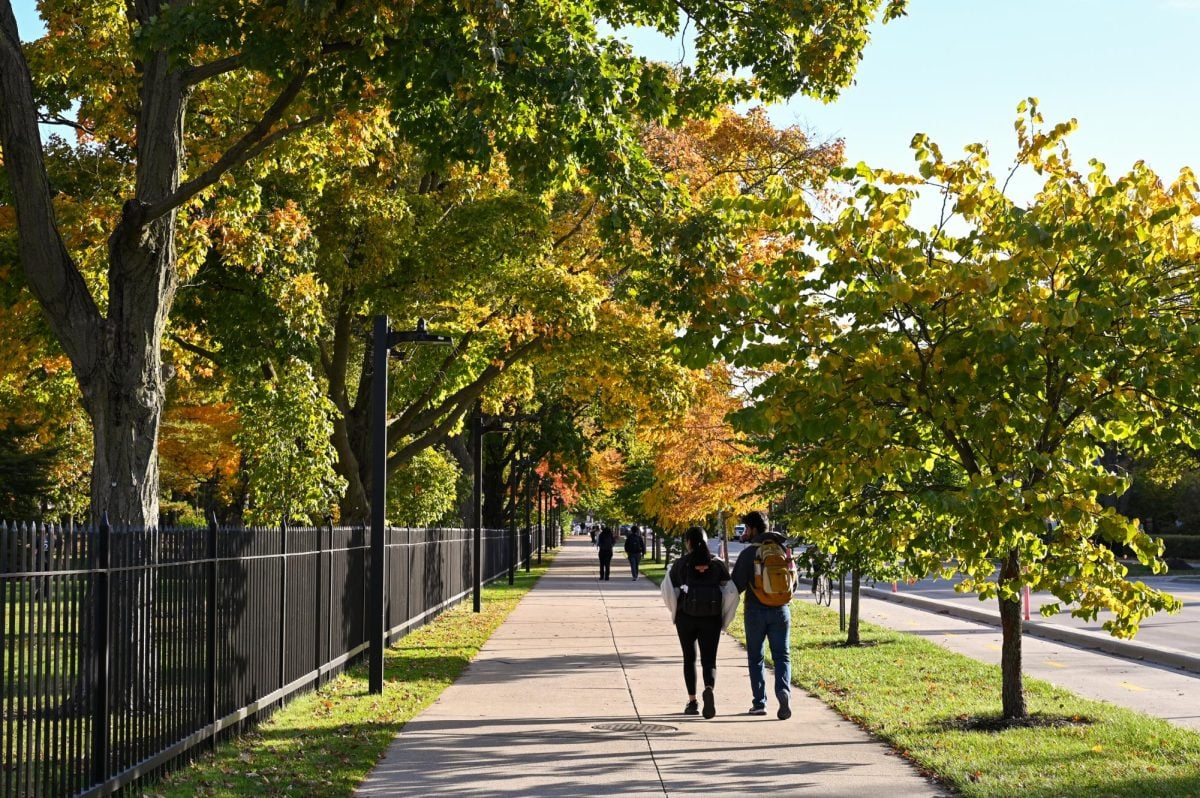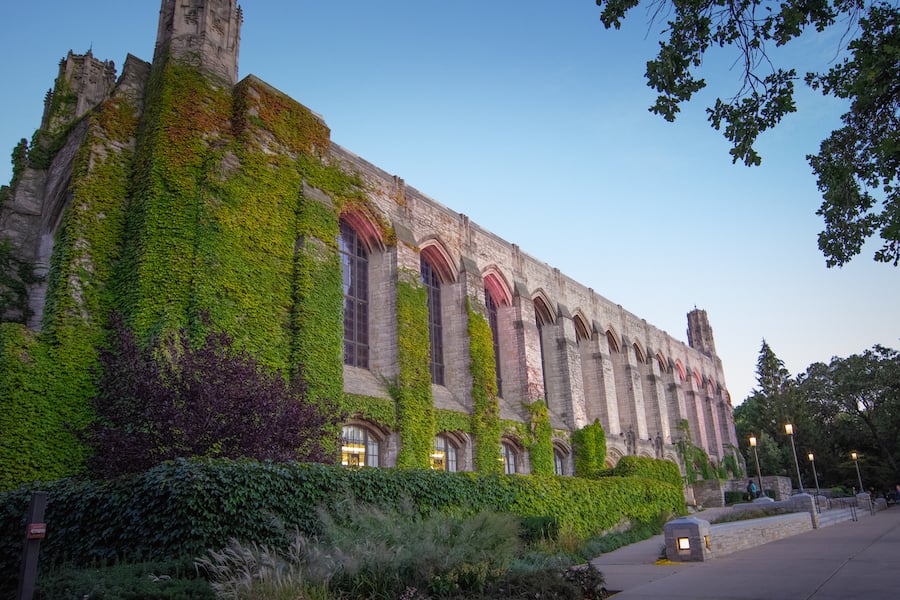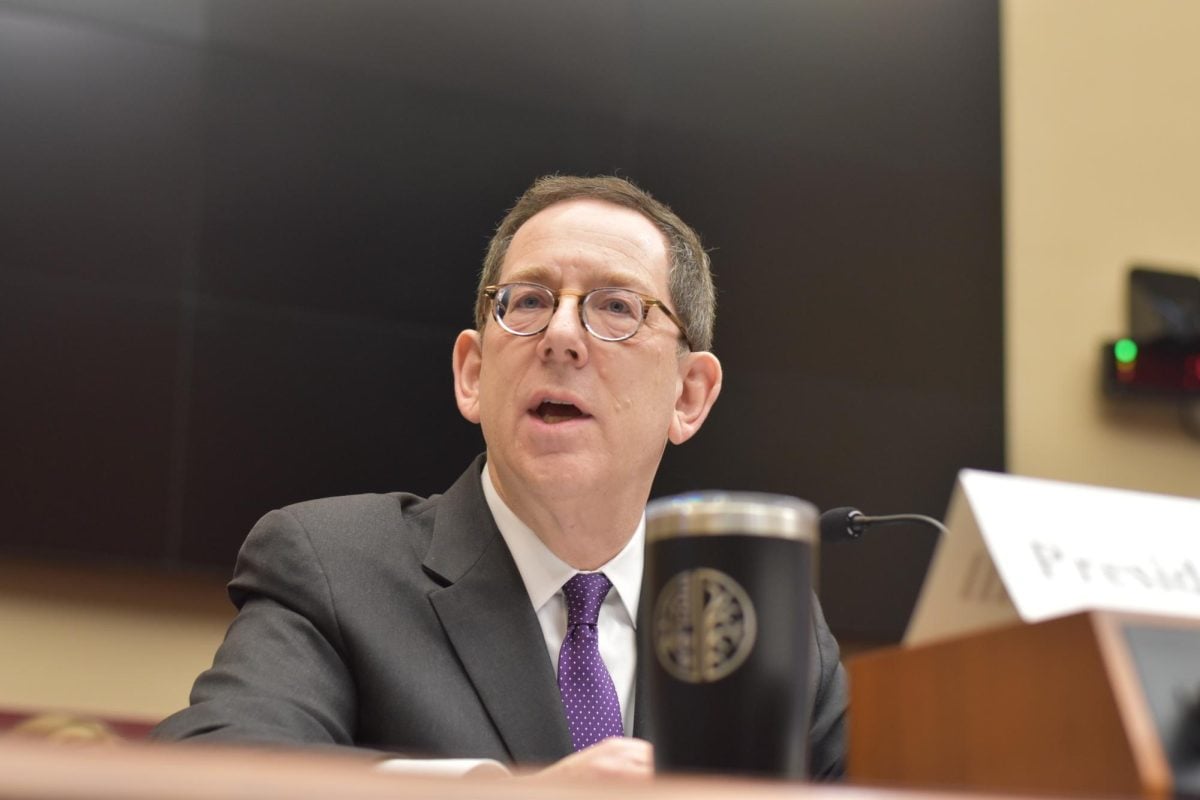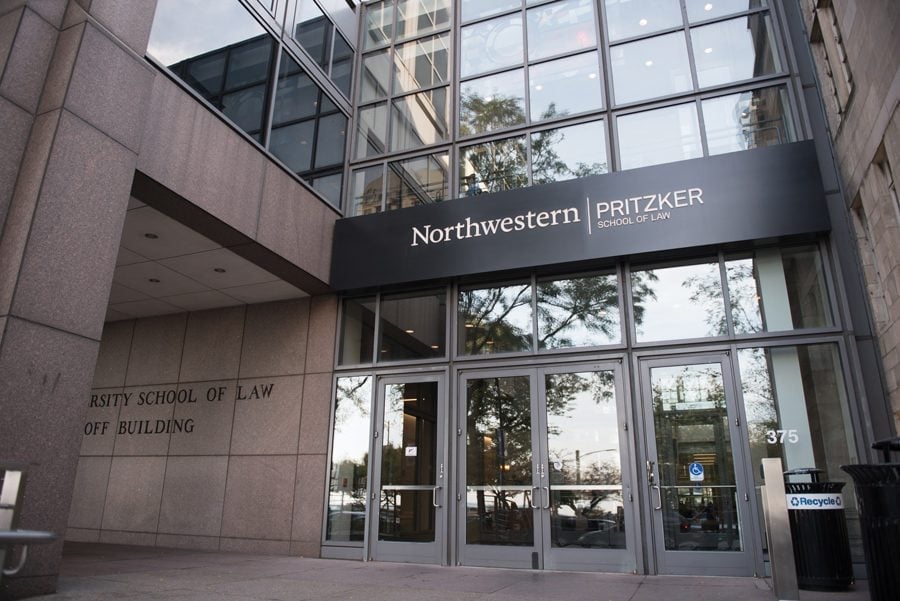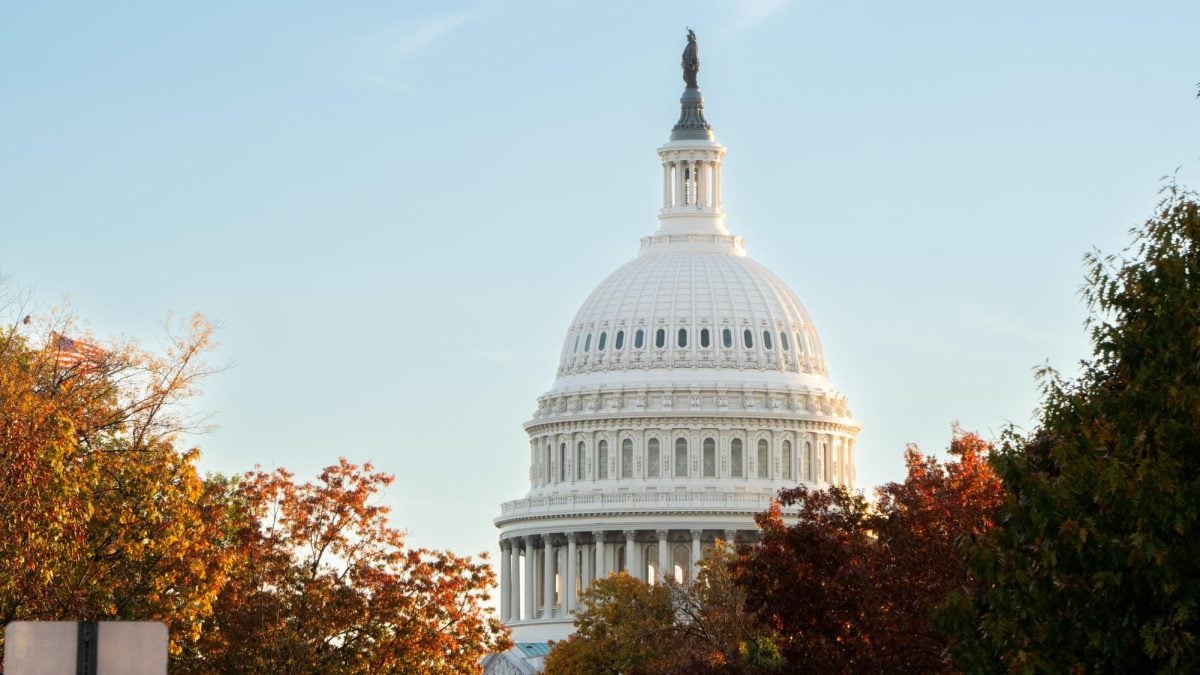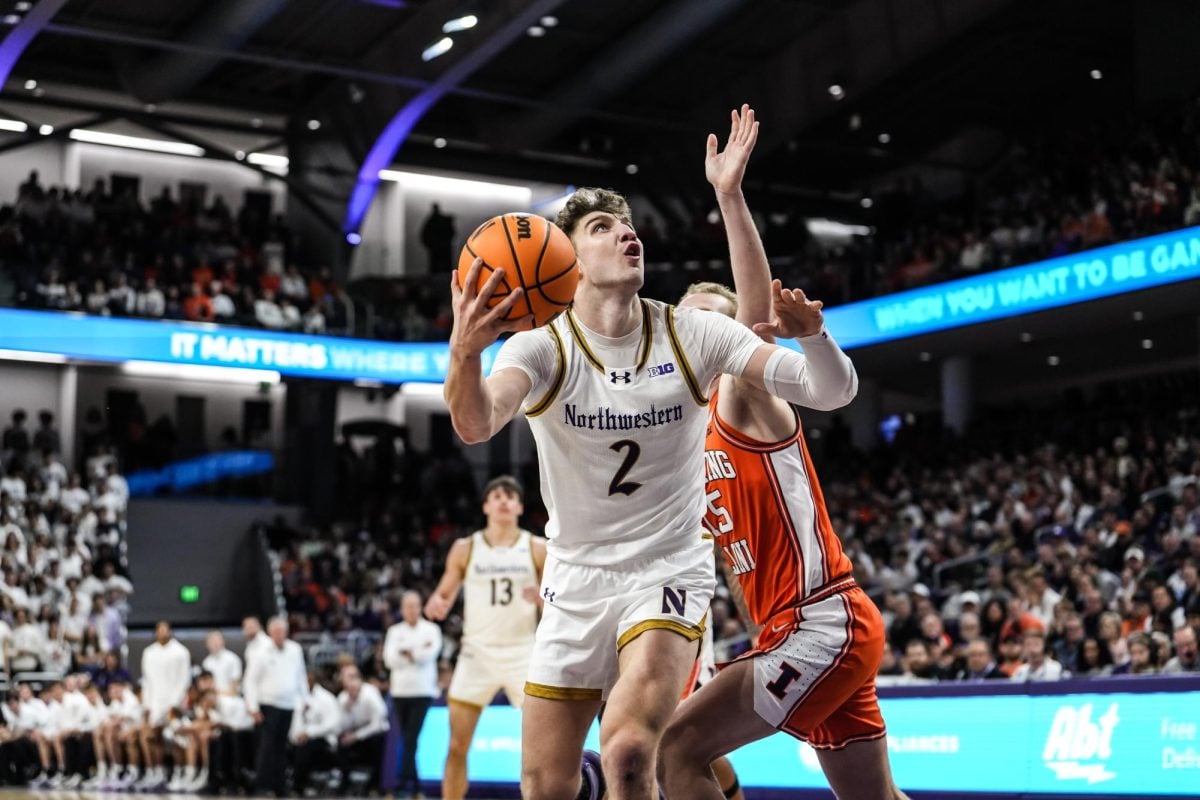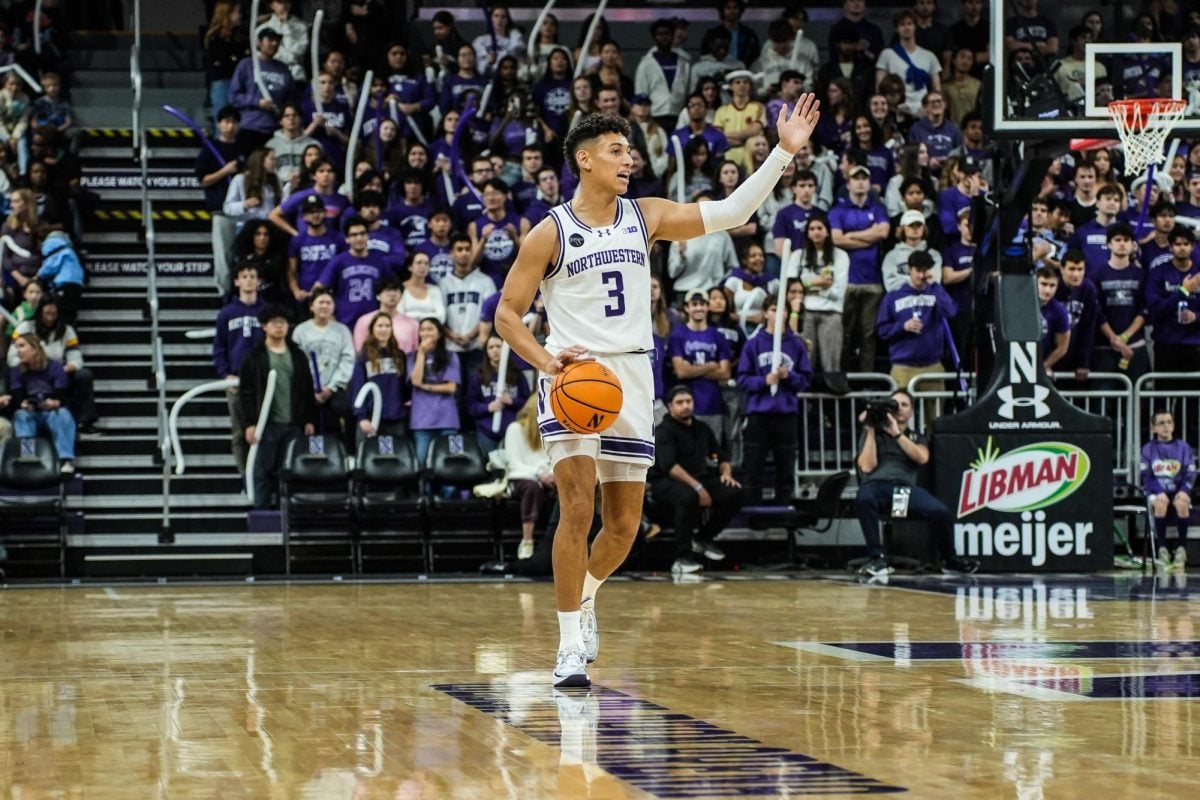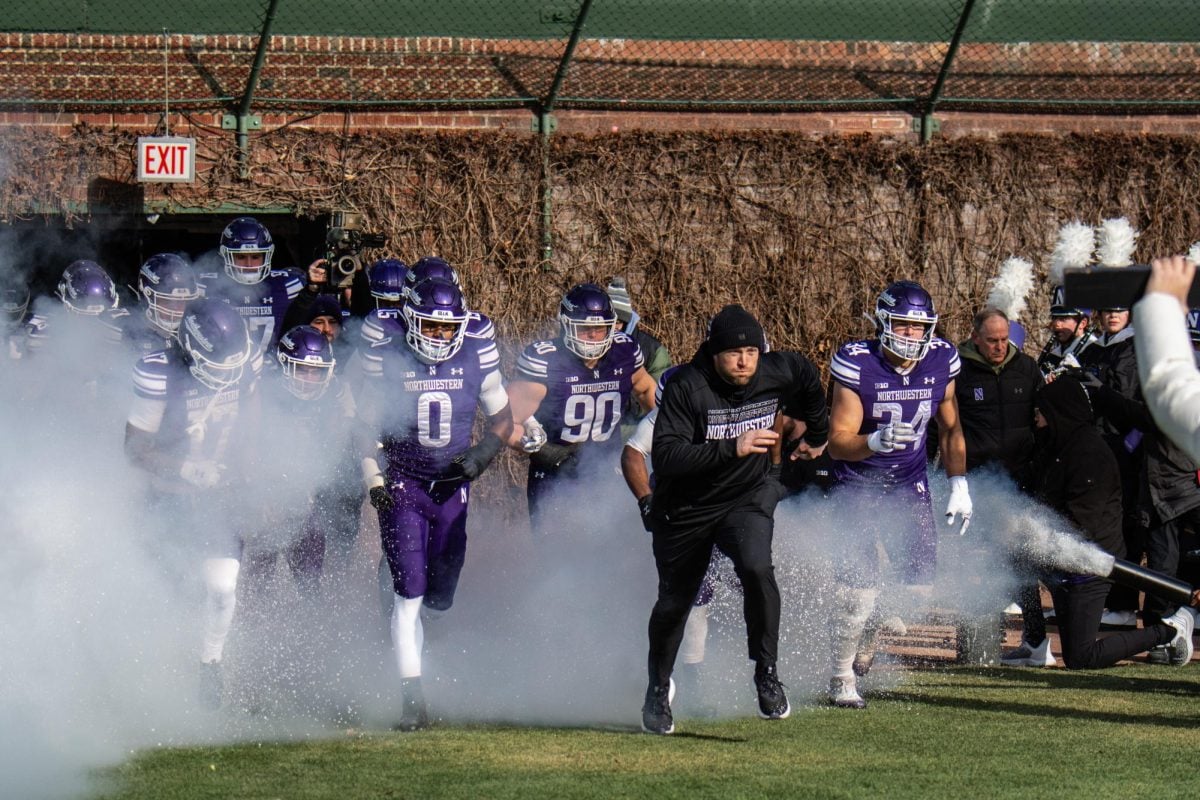In an effort to improve reliability of shuttles for students and faculty, University Services is refining the recently debuted DoubleMap app and creating new criteria necessary to run Frostbite shuttles.
Due to the extreme cold temperatures this winter, the Frostbite shuttles have run 16 times, about five times more than the average, said Marge Grzeszczuk, transportation manager for University Services.
This year, University Services created additional guidelines to run double the number of Frostbite shuttles. The extra buses operate when temperatures fall below zero and windchills are below minus 10, Grzeszczuk said.
“It was really based on a lot of feedback that we were getting. There were very unhappy campers because of the brutal cold,” she said. “Safety is a big consideration for us to make sure everyone is safe and making sure they get to where they want to go.”
Grzeszczuk said the additional shuttles have run about four or five days, likely costing the University at least $3,000. The additional costs will probably lead to cuts in other areas, but the budget reallocation has not yet been determined.
The launch of the DoubleMap app, which gives individuals the ability to track the exact locations of shuttles around campus, is another initiative by University Services to improve shuttle usability. The app launched about three weeks ago and has received about 14,000 hits, Grzeszczuk said.
The app has been popular and effective, she said, but University Services is working to update it by eliminating glitches from the system and improving its functioning.
“We released this early, even though it’s not 100 percent,” Grzeszczuk said.
The majority of student feedback has been positive, but some have complained about the lack of specific features, including tracking capabilities for the Frostbite shuttles, the ability to determine shuttle direction and the presence of accurate anticipated arrival times, said Haley Hinkle, Associated Student Government director of transportation initiatives.
Hinkle said she and other ASG representatives met with University Services last Wednesday to discuss the new app and assess its functioning and suggest improvements.
“I think in ASG, we’ve all been hearing that students really like it, that it’s very helpful to them,” Hinkle said. “There are certain features they’d like to see tweaked a little. We’re going to keep communicating with students because (University Services officials) want to keep hearing from us on what they can be working on moving forward.”
Grzeszczuk said, in response to student requests, GPS tracking systems were recently installed in the Frostbite shuttles, and the University is currently working on the feature used to predict arrival times.
“The system needs to take a couple of weeks of data to estimate when the next bus is,” Grzeszczuk said. “Part of the confusion is we share so many stops with all the routes. The system doesn’t know if it’s an intercampus or Ryan Field, so were trying to work through all that little stuff.”
The app is still in beta version as students and faculty test it and learn how it works, Grzeszczuk said, but she expects to receive additional feedback and suggestions in the coming weeks.
University Services is working closely with DoubleMap and the shuttle operator The Free Enterprise System to ensure the continued success of the app and to prevent further problems, Grzeszczuk said.
“This is something that is truly a useful tool that passengers can look at and gives the comfort that the bus is arriving at some point,” Grzeszczuk said. “It was our biggest goal to give our passengers that comfort level.”
Email: [email protected]
Twitter: @beccasavransky

